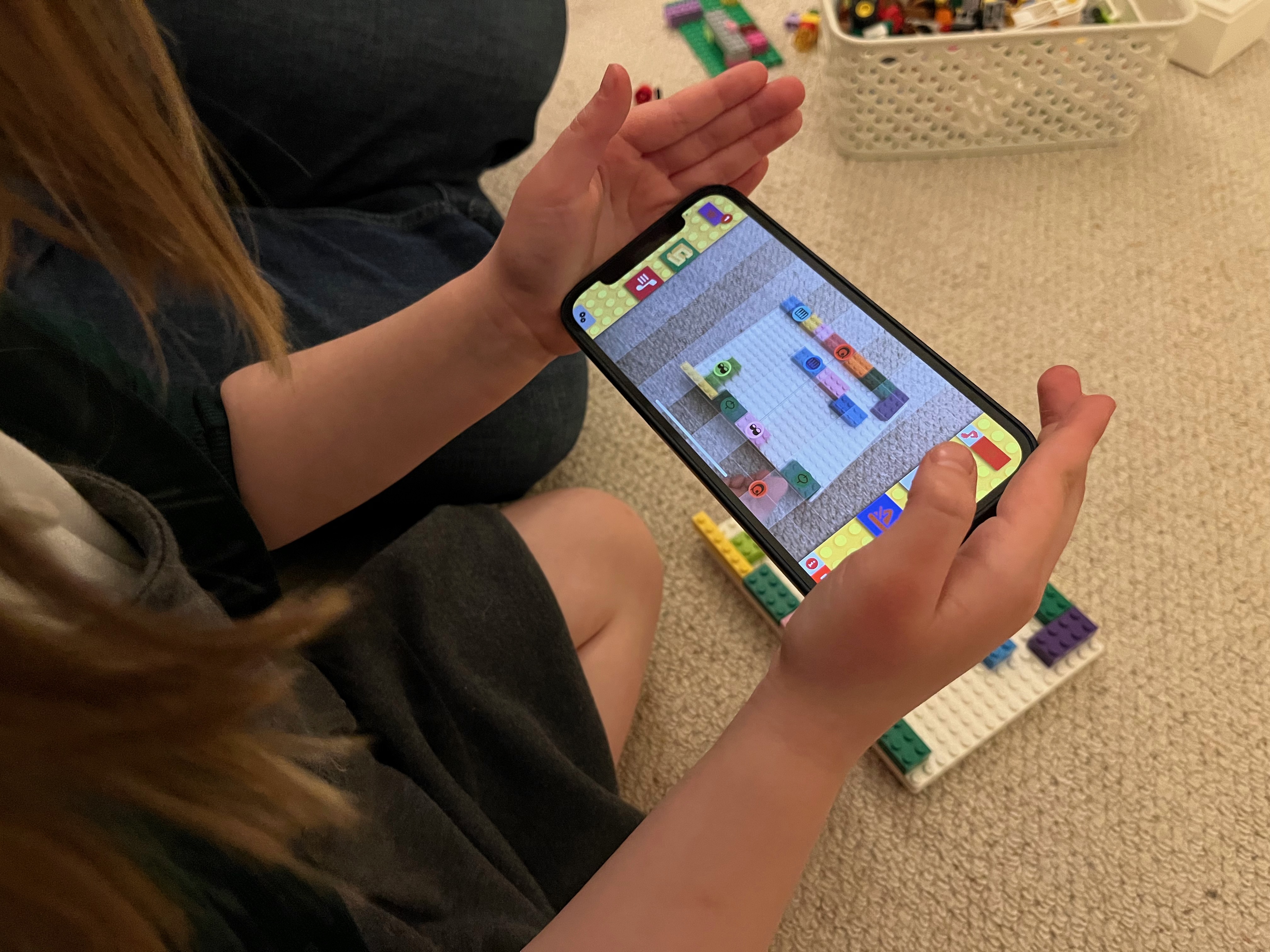
In a recent article I wrote for MT about AI, I mentioned attending a fascinating exhibition at the Science Museum, about the power of music (Turn it Up, which is on until 6 May 2024). There were exhibits to engage people of all ages, but it was the interactive exhibit using AI to analyse Lego bricks that caught the imagination of the five-year-old I took with me. The position of the Lego bricks on the base board corresponded to the rhythm, pitch, and timbre of the music being played. To change the pattern or sound, the visitor changed the colour and the relative position of the bricks.
I thought this was a great idea, and it appears that the technology for this has been around for a couple of years, free of charge for iOS users. The technology in question is an app called Beat Blocks.
Beat Blocks is a free app available on the Apple App Store and doesn't require any specialist hardware to run. Once installed, it informs you that you are limited to a hundred loops per day which, as it turns out, doesn't last very long. An additional 1,000 daily loops can be bought for £3.99, which I found myself doing very quickly, but users can start making music straightaway.
The app uses the device's built-in camera to analyse the colour and position of Lego bricks on any plain surface, but the ubiquitous Lego base board seems like the obvious choice for use. I'm an unashamed Adult Fan of Lego, or AFOL (okay, I have five sets, so not that big a fan), but my sets tend to be full of tiny grey pieces. So I went to raid my child's Lego collection.
Beat Blocks suggest it works best with simple 2x2 blocks or 4x2 blocks, so I laid several of these out onto a base board. With the app open, I positioned the Lego within the camera frame. The AI detection immediately spotted the different coloured bricks and indicated what sounds would be allocated to those bricks.
The screen has a faint overlay of a grid so that it's possible to see which pitches the blocks will play and where in the pattern they will trigger. I discovered that it's actually possible to move the Lego within the camera frame mid-loop and that the app copes well with the bricks moving about. Once you have it all working, it's great fun creating new patterns and finding out what sounds are triggered by different coloured blocks (there's actually a key in the app if you want to know, but I found the exploration much more fun).
The five-year-old test
This app is clearly designed for younger children and won't be that useful in my Key Stage 5 classroom. However, for infant and primary classrooms it could prove a valuable composition resource and a great tool for exploring pitch, rhythm, and timbre without investing in any additional resources
Although not suitable for my A-Level students, I do have a tame five-year-old in my house that I can use for such activities. They loved it. I showed them how to frame the board in the camera, where the play button was, and they were away.
Officially, the app claims to work with particular shapes of block, but it actually seems to be largely just tracking colour within the screen. My five-year-old guinea pig was able to place any brick on the board and the app played it happily without complaining that it was the wrong shape or colour. It even started tracking other random objects that were just in shot – so it's not as fussy as I feared it might be.
I don't know how much my child took away from the experience in relation to understanding higher and lower for pitch, different positions for rhythm and different colours for sounds. But they certainly enjoyed creating different patterns, hearing the outcome of their music and playing the results to us.
Summary
Beat Blocks is a great little app that has some real potential for teaching the basic fundamentals of music to younger students or possibly some SEND students. The simple relationship between the Lego bricks and the music that is played is easy to understand and is a fun way to explore that connection.
The only downside is the extremely limited free time that the app provides. When I saw ‘in-app purchases’, I expected to be limited to one sound set, but to limit also the number of times it can go round a bar feels very stingy. The £3.99 price to increase the loop limit isn't excessive, but it did require me to purchase it pretty early on before I'd really explored everything the app could do. That complaint aside, Beat Blocks is a fun way to use Lego for music learning.




